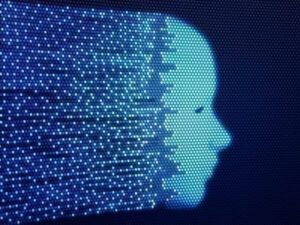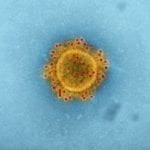Kyodo News is reporting that Japanese officials are indeed planning to use facial recognition to monitor the spread of COVID-19 during next year’s Tokyo Olympics and Paralympics. The details of the program will be solidified in an interim report that is expected from the government’s coronavirus countermeasures council before the end of the year.

The report cites sources in the Japanese government, and would seem to corroborate a similar report from The Japan Times. Both outlets indicated that facial recognition would be used primarily for contact tracing, since it would allow public health officials to track the movements of anyone who later tests positive for the virus. They could then identify anyone that that individual was in contact with and step in to prevent more cluster infections.
The Kyodo News story also has a few additional details that were not in earlier reports. Most notably, the outlet indicated that the system’s cameras would support thermal screening and mask detection in addition to facial recognition. The thermal scan would allow venue operators to take people’s temperatures and identify anyone running a fever, while the mask detection would help officials enforce public safety protocols at Olympic venues.
The rules would apply to athletes and spectators alike. To that end, the government could place cameras at the entrances to training facilities and the athletes’ village to monitor the comings and goings of the competitors, and to make sure that they are avoiding high-risk areas and obeying requests to limit their movements during the Games.
Of course, the use of such a sweeping surveillance system creates obvious privacy concerns. However, Kyodo’s sources suggested that it would only be used to maintain public health, and that all of the face and temperature data collected during the Olympics would be deleted once the Games are finished.
Government officials first announced that they would be using facial recognition for access control back in 2018. Atos was coordinating those efforts, while the system itself was built with NEC’s NeoFace facial recognition technology.
Source: Kyodo News
–
October 22, 2020 – by Eric Weiss







Follow Us